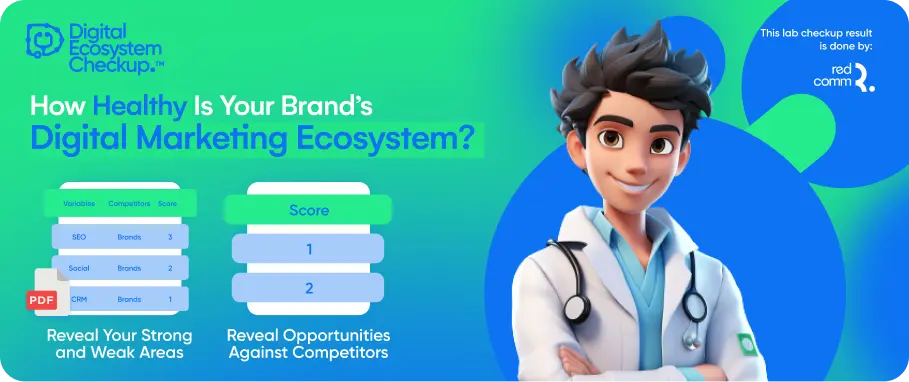Are you someone who eagerly awaits our monthly newsletters? We're always keen to see how they fare in your inbox.
The Top 5 Newsletter Mistakes You Should Avoid and How to Fix Them

And chances are, you're crafting your newsletters with just as much care, wondering how they'll land in your subscribers' inboxes.
Every day, a flood of emails inundated our mailboxes, many doomed to be deleted without ever seeing the light of day.
Unfortunately, some businesses send newsletters without heeding the best practices. Why does this happen?
Let's dive into some of the most glaring newsletter errors that can leave your recipients less than impressed.
1. Lackluster Email Designs
When it comes to email newsletters, aesthetics matter. Gone are the days of bland, text-only communications.
Today, HTML newsletters offer a canvas for visually stunning content that captivates readers. Here's how to get it right:
- Keep it simple: Align your design with your brand identity. Opt for a clean, minimalist layout that resonates with your audience.
- Concise content: Less is more. Resist the urge to overload your newsletter with excessive text. Highlight only the most relevant information and products to keep readers engaged.
- Ease of skimming: Structure your content for effortless consumption. Use bold headings, concise paragraphs, and bullet points to facilitate quick comprehension.
PRO TIP: Crafting visually appealing email designs requires time and expertise. If you're unsure where to start, adhere to best practices for newsletter design.
Utilize email marketing tools like Omnisend, which offer pre-designed templates tailored to your needs, simplifying the process for beginners.
2. Neglecting Email Service Providers (ESP)
Sending newsletters from personal email accounts may seem convenient, but it's a recipe for amateurism. Here's why leveraging an ESP is essential:
Professionalism: Using an ESP lends credibility to your communications, distinguishing them from personal emails.
Privacy and compliance: Avoid the faux pas of exposing all recipients by utilizing blind carbon copy (BCC). Additionally, ESPs streamline the unsubscribe process and manage unsubscribers, ensuring compliance with privacy regulations.
Consistency across platforms: Different email providers may display your content inconsistently. ESPs mitigate this risk by standardizing email formatting across platforms.
Analytics and insights: Gain valuable insights into campaign performance, including open rates and click-through rates, with robust analytics offered by ESPs.
Enhanced deliverability: ESPs boast higher deliverability rates compared to personal email accounts, ensuring that your messages reach the intended audience's inboxes.
PRO TIP: Selecting the right ESP is paramount. Evaluate factors such as pricing, features, and customer support to find the best fit for your business.
Leverage free trials and seek assistance from customer support to navigate the selection process effectively.
3. Timing and Frequency Matter
Consistent communication is key to building strong relationships with your audience. When was the last time you sent a newsletter to your customers? Do you do it regularly?
Recent research from Omnisend sheds light on the impact of newsletter frequency and timing.
Surprisingly, the frequency and day of the week you send your newsletters can significantly influence campaign results.
For instance, the data suggests that a conversion rate is highest when you send two emails per month. If you're only sending once a month, you could be leaving money on the table.
PRO TIP: Be consistent. Send a welcome email to new subscribers. If you're not satisfied with your newsletter's performance, experiment with different days and frequencies to find what works best for your business.
4. Inadequate Email List Management
Building an email list is one of the toughest challenges in e-commerce. Every marketer in the field has to navigate this ongoing process in their own way.
A healthy email list is vital for the success of your email marketing endeavors. Sending newsletters only to engaged subscribers who expect to hear from you can significantly boost conversions and sales.
What constitutes a "healthy" email list?
Opt-in recipients only:
Sending campaigns to purchased lists can lead to:
- Ignored emails or spam markings.
- Reaching abandoned or inactive email addresses.
- High bounce rates, damaging sender reputation.
- Wasted resources on unreachable inboxes.
- Legal repercussions, as buying lists violates consumer protection laws.
Recent sign-ups:
Approximately 30% of subscribers change email addresses annually. Keeping your list updated is crucial to:
- Preventing subscriber disengagement.
- Avoiding outreach to customers who may have forgotten about your brand.
PRO TIP: Regularly clean your list by removing inactive and unengaged contacts, as well as those who never opted into your newsletter.
Focus on organic list building methods and utilize tools to streamline the process.
5. Subject Lines that Don't Grab Attention
No matter how great your newsletter content is, a lackluster subject line can sabotage your efforts.
Your subject line is the first thing subscribers see, and it determines whether they open your email or not. It needs to be compelling and enticing.
PRO TIP: You can use a tool like Omnisend that offers a helpful feature called Campaign Booster.
With this tool, you can test different subject lines for the same email. By experimenting with variations, you can increase your email's performance by up to 30%.
By addressing these common pitfalls, you can elevate your newsletter game and captivate your audience like never before.
DISCOVER MORE OF WHAT MATTERS TO YOU
RELATED TOPIC



